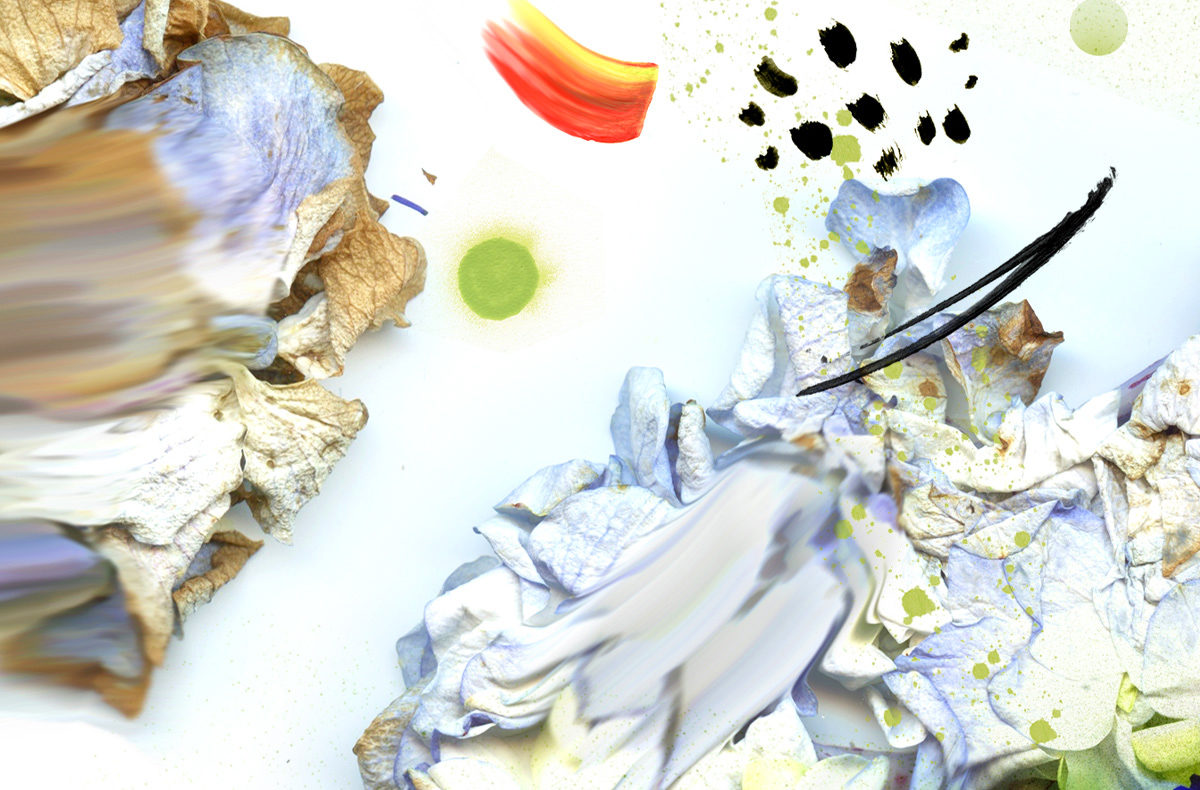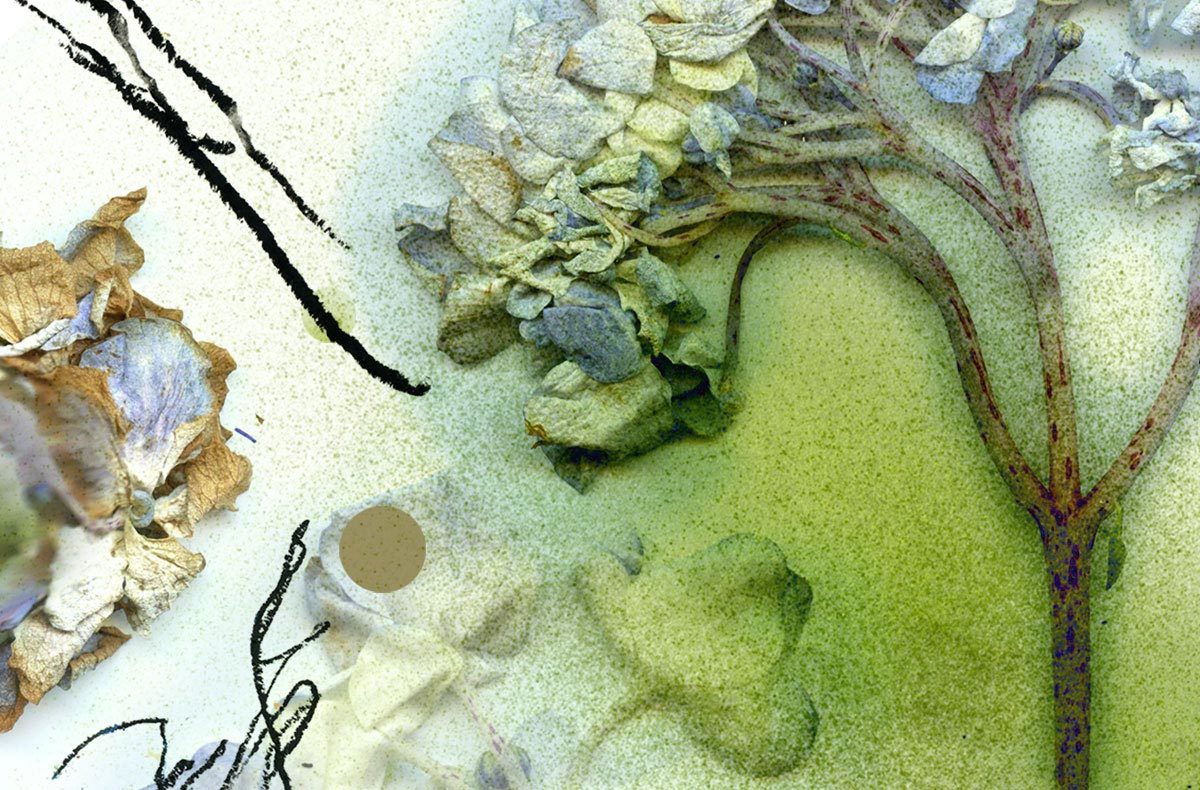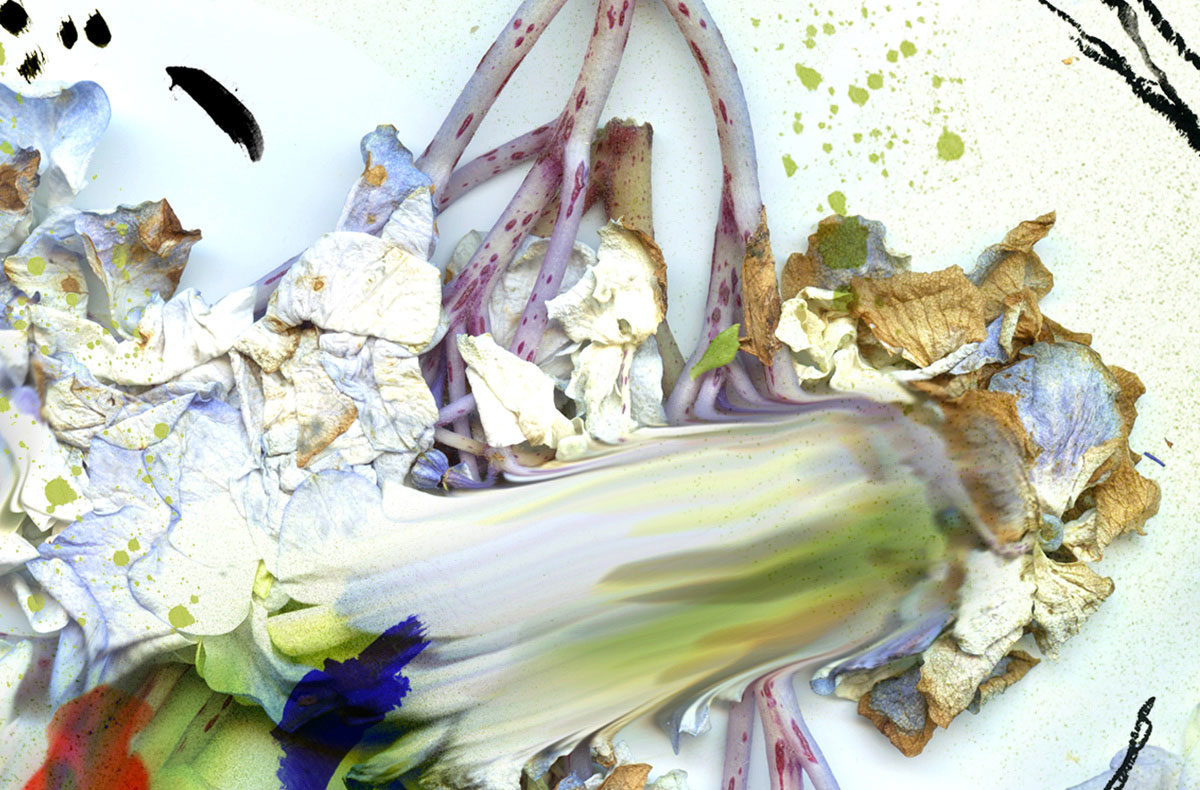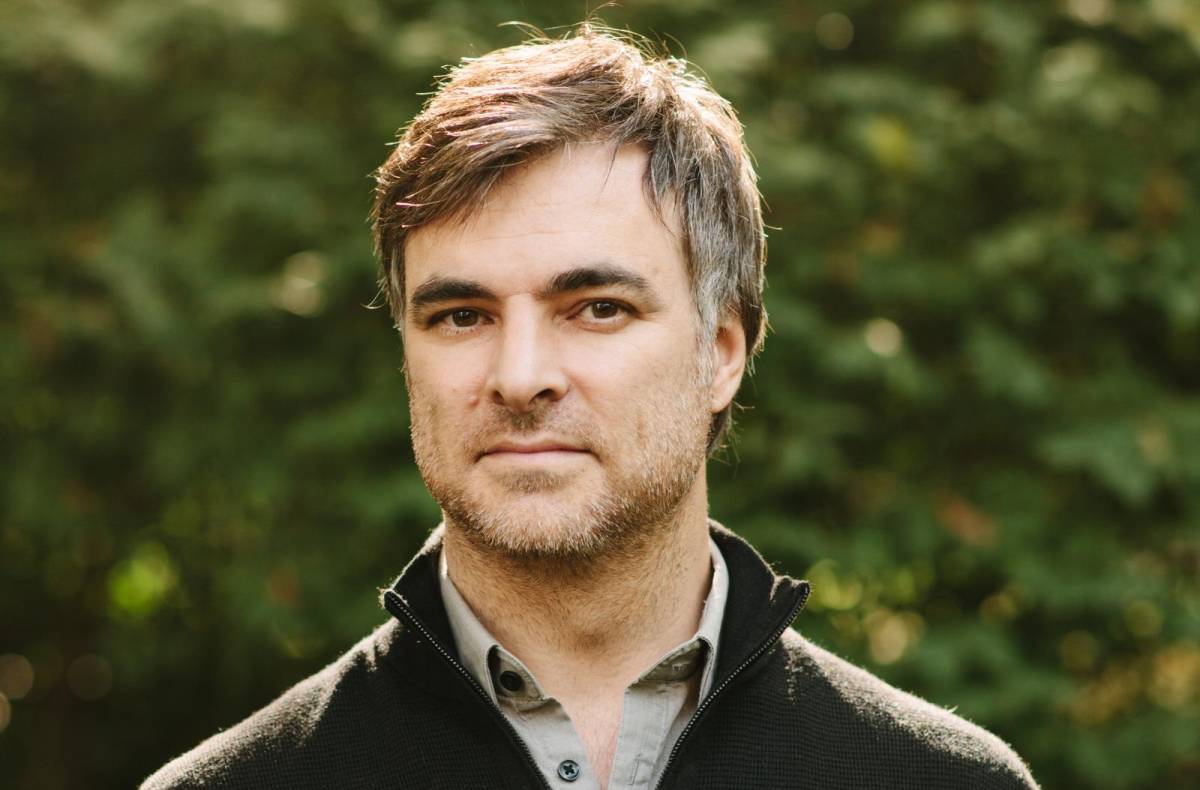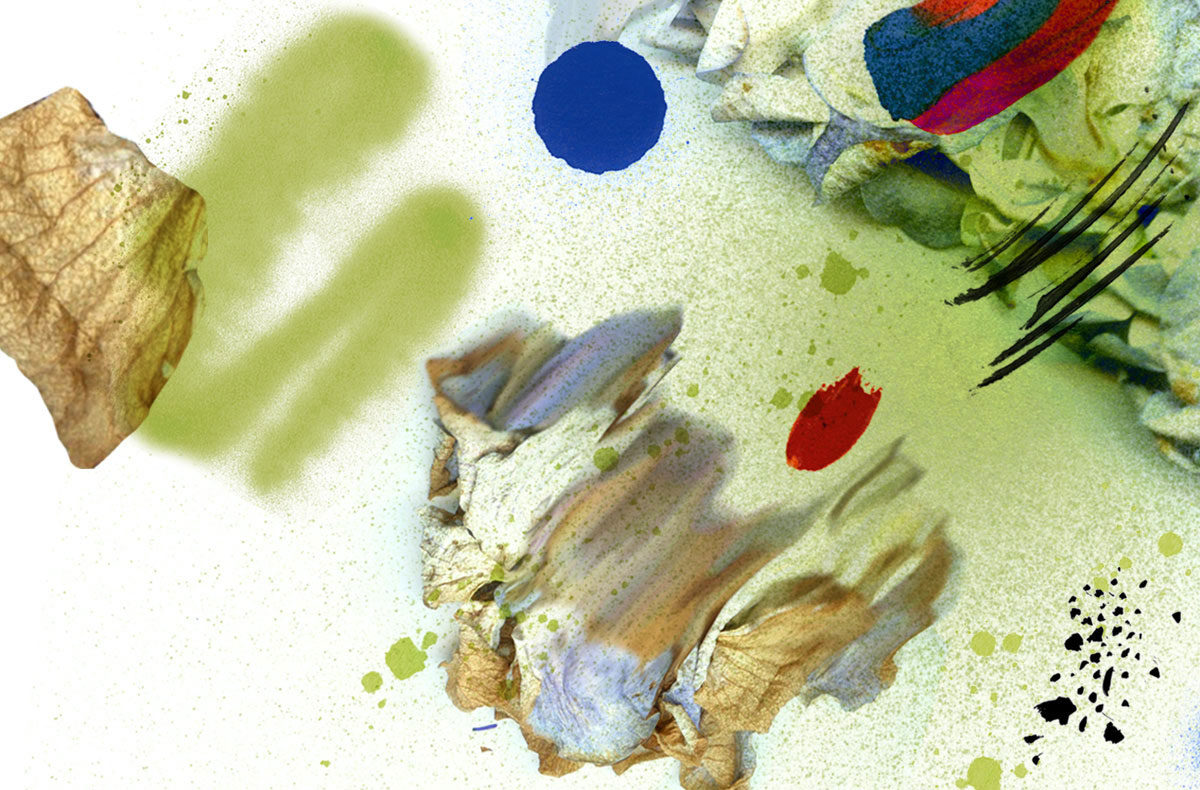By David Maggs, Metcalf Fellow on Arts and Society
Hello, and welcome to what will become a regularly monthly dispatch from me over the coming months. My name is David Maggs, and over the past few years, I have been working with the Metcalf Foundation to explore the many disruptions faced by Canada’s cultural sector. The result was Art and the World After This, a report exploring industry shutdowns, social justice, digital disruptions, climate crisis, complexity, value propositions, innovation, and R&D. Somewhat to my own surprise, this work struck a chord with many of you, and as a result, the Foundation and I decided to carry on through a newly created role as its inaugural Fellow on Arts and Society. Our hope here is to take the report and network its central themes with industry partners, experiment with its implications out there in the world, and foster an ongoing dialogue in the form of regular dispatches as our activities unfold. The first few of these will revisit some of the report material and consider what to bring into this next phase. Before that, however, I was asked to provide a little background and consider what biographical details left me so interested in the relationship between art and society.
I grew up in Newfoundland during the cod moratorium—an ecological collapse that brought with it an economic and social collapse from which many parts of the province have never recovered. At an impressionable moment, society showed itself to me as something that can shatter. While this event hit the lives of many other Newfoundlanders much harder than my own, it left an indelible impression. During my teens, I was yanked from typical adolescence by a sudden love of classical music. While taking piano lessons in the obligatory way, I learned that Beethoven was deaf, that he wrote music he could not hear. The strangeness of this served to insert the riddle of art deep in my mind, and I began chasing it up and down the keyboard with growing fervor. The piano led me out of Newfoundland and into a broader relationship with the Western canon, and for a decade or so life was uncomplicated — master the repertoire and serve the pantheon of “great art.” Except, just as I was getting sort of good enough to do so, CBC FM shifted from an almost entirely classical music station to an almost entirely not classical music station. The world in which I had grown up was disappearing. A second shattering had arrived.
In some unconscious part of my mind, these two events — the collapsing of cod fish and the collapsing of classical music — would weave together as a single, existential riddle. To make sense of my life, I was going to have to find and follow the unlikely patterns that connect them. This would lead me to found a chamber music festival in rural Newfoundland, not because I just wanted to play chamber music, but because I was interested in discovering what would happen to chamber music if we played it in unusual environments. Around the same time, I went back to grad school to explore the relationship between art and sustainability, eager to understand how art can engage the most critical existential challenge of our time.
Being interested in the relationship between art and society needs to be different than simply being interested in both art and social issues. Often, we artists throw ourselves into the work of building better worlds without wondering what we bring to this work — what exactly are we offering when we offer the arts to the problems of the world? Further, engaging social problems can land us in thematically important terrain, but unless we carry this instinct past the problem and into the arts-shaped holes it contains, art-making so often devolves into statement-making.
Which brings me to the fundamental distinction I am trying to bring to this work: the difference between instrumentalizing our arts and aestheticizing our worlds. All I mean here, is that we can use our arts as tools to apply to the machinery of society, or we can think of ourselves and our societies as art, and engage them through the fundamental, yet mostly invisible force of aesthetics in our worlds. In surprisingly literal ways, we — our identities, our meanings, our worlds — are art. We pick the lines and colours of ourselves from our closets, take up the pace and partnerships of our dances in transit, line-ups, and (mostly) chairs. We pull our internal protagonist into better and worse moments of meaning, perception, and self-awareness, sparking or quelling dramatic tension at water coolers and Zoom calls.
To be human is to be art on its feet. We become ourselves in the forms, patterns, textures, shapes, colours, harmonies, melodies, rhythms, imagery, and movements from which our daily meanings are made. Art in the everyday is a fundamental “how” to questions of who we are (identity), what we are (being), where we are (place), and why we are (meaning), and these conditions drive our realities. Yet this entire process is almost invisible. So, can the work of art and society involve making this all a little more visible? And in doing so, can we make it a little more intentional, as well?


